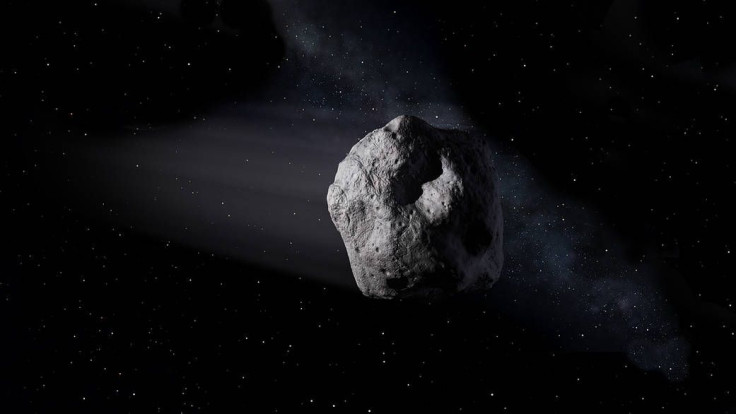Will 853-Foot Killer Asteroid Hit Earth This Full Moon Friday The 13th?

NASA is currently tracking a massive asteroid that will approach Earth on Friday the 13th. As if that’s not eerie enough, a full Moon will take place on the night of the asteroid’s visit.
According to NASA’s Center for Near Earth Object Studies (CNEOS), which mainly focuses on tracking asteroids that fly close to the planet, the approaching space rock is called 504800 (2010 CO1). The agency’s database indicates that the asteroid is currently moving at a speed of 32,000 miles per hour.
CNEOS estimated that the asteroid is about 853 feet long, making it taller than the towers of the Golden Gate Bridge. This asteroid is certainly big enough to get through Earth’s atmosphere without burning up or exploding mid-air. If it collides with Earth, the impact could create a crater that’s a couple of miles wide. The resulting explosion would be powerful enough to wipe out an entire city.
Fortunately, CNEOS noted that 504800 (2010 CO1) will not hit Earth during its visit on Friday the 13th. According to the agency, the asteroid will approach the planet on Sept. 13 at 11:42 pm EDT. During its visit, it will be about 0.03561 astronomical units or roughly 3.3 million miles from the planet’s center.
Aside from the approaching asteroid, Earth will encounter a full Moon. The event is known as a Harvest Moon because it usually appears during the peak of the farming season.
The upcoming full Moon is regarded as a rare event because the last time it appeared during a Friday the 13th was on June 13, 2014. According to the Farmer’s Almanac, those living in the Eastern Time Zone will witness the full Moon just after midnight. This means they’ll be able to see it at around 12:33 am on Sept. 14. Those in the Central, Pacific and Mountain time zones, on the other hand, will be able to enjoy the full Moon on Friday the 13th as it will appear before midnight.
The upcoming full Moon may appear small because it will coincide with its apogee. This is the point where the Moon reaches its farthest distance from the Earth.
© Copyright IBTimes 2024. All rights reserved.





















